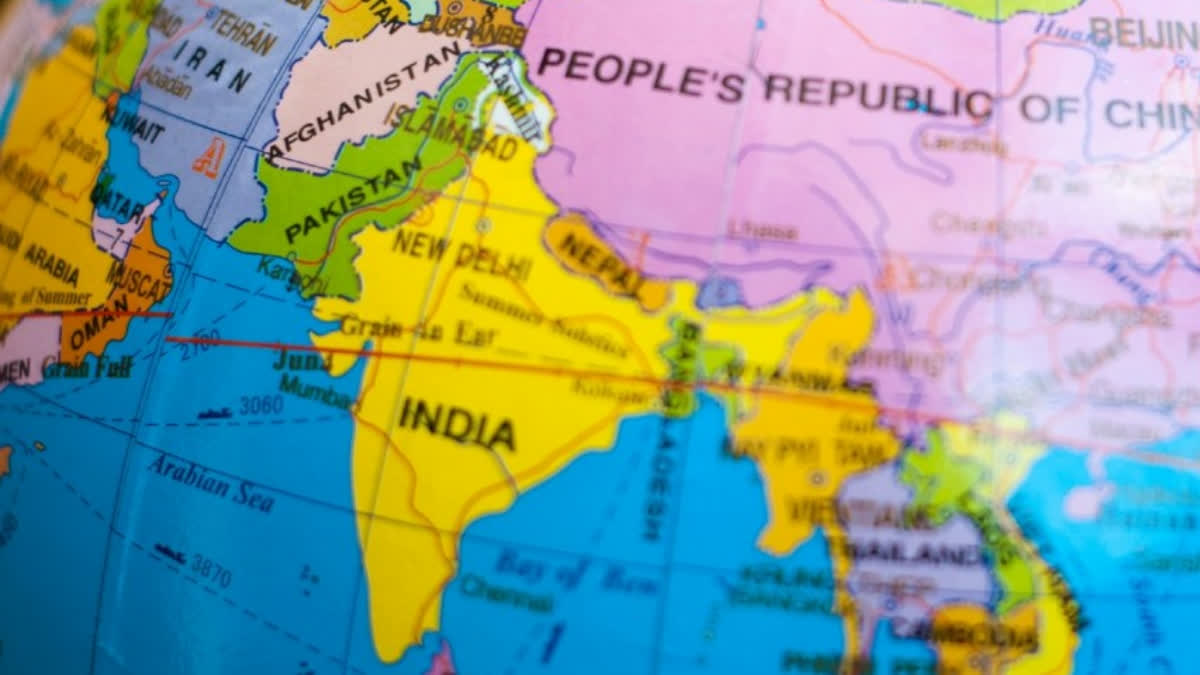Hyderabad:The Centre is likely to introduce a resolution during the upcoming special Parliament session to rename 'India' to 'Bharat'.
Sources told ETV Bharat on Tuesday that bringing a resolution in this direction is a top priority for the government in the September 18 special session. The session, to be held in the national capital, will continue till September 22.
The buzz around 'Bharat' and 'India' reached its apex on Tuesday after some opposition politicians shared official invitations to a G20 dinner, hosted by "The President of Bharat" instead of the usual "President of India."
This sparked speculations about a potential name change from India to Bharat, even though Article 1 of the Constitution uses both names interchangeably: "India, that is Bharat, shall be a Union of States." The attempts to change India's name are likely to take place even as the Supreme Court, in 2020, has already dismissed a PIL seeking to remove "India" from the Constitution, emphasizing that "India is already called Bharat in the Constitution itself."
Where does the name 'Bharat' originate from?
The roots of "Bharat," "Bharata," or "Bharatvarsha" can be traced back to Puranic literature and the Mahabharata epic, describing it as the land between the southern sea and the northern abode of snow. It's seen as a religious and socio-cultural entity rather than merely political or geographical.
'Bharata' is also linked to an ancient legendary king, ancestor of the Rig Vedic tribe of the Bharatas, and thus, the progenitor of all subcontinental peoples. Jawaharlal Nehru in 1927 emphasized the enduring unity of India, rooted in a common faith and culture.
Regarding 'India' and 'Hindustan,' 'Hindustan' likely derived from 'Hindu,' a Persian form of the Sanskrit 'Sindhu' (Indus). It gained currency with the Achaemenid Persian conquest of the Indus valley. 'India' became associated with the region beyond the Indus during Alexander's invasion.
In the 16th century, 'Hindustan' referred to the Indo-Gangetic plain, but 'India' began to replace it on British maps in the late 18th century. The appeal of 'India' may have been its Graeco-Roman associations and its use in Europe.
When the Constitution was debated, 'Hindustan' was dropped, and both 'Bharat' and 'India' were retained, reflecting a diverse range of opinions among Constituent Assembly members. Some wanted only 'Bharat,' while others preferred 'India' to move away from colonial associations. Ultimately, both names remained in the Constitution, representing contrasting visions of the nation's identity.
Confirming that Bharat has been used as the name of the country in some of the documents relating to G20, sources said it was a conscious decision. "Bharat is the official name of the country. It is mentioned in the constitution as also in the discussions of 1946-48," a booklet prepared for G20 delegates said. The booklet titled 'Bharat The Mother of Democracy' also said, "In Bharat that is India, taking the consent of the people in governance has been part of life since earliest recorded history.".
Also read: 'President of Bharat': 'India' has incalculable brand value, hope govt won't dispense with it, says Tharoor
